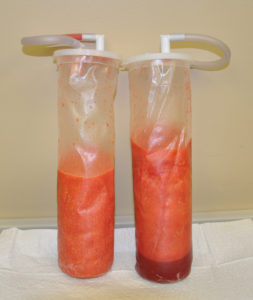Even though we are in the middle of the summer (or maybe because we are), you may have decided to get serious about getting rid of those unsightly fat areas that diet and exercise just won’t. But with different methods of fat removal available, which one is right for you? It may be tempting to think that a non-surgical method such as LipoDissolve which offers low cost and no recovery time is best, but let’s examine the facts first.

Liposuction done with the aid of a laser, also known as Smart Lipo, is one of the newer FDA-approved types of liposuction. A laser is inserted through tiny incisions in the skin. When the laser is fired, it melts the fat purportably tightening the skin at the same time. Smart Lipo has not been proven to produce better results than traditional liposuction but may be an alternative for removing smaller fat areas. This is certainly the way it is currently being sold, particularly to non-plastic surgeons which make up a significant percent of the targeted market. Because the removed fat volume is more limited, serious side effects are unlikely. The real question in my mind is whether Smart Lipo can help perform smaller liposuction procedures under local anesthesia in the office setting. This is where it would offer an advantage over traditional liposuction.
Lipodissolve, also known as injection lipolysis, uses a mixture of emulsifying chemicals (lecithin and cholic acid) which are injected under the skin to the targeted fat areas. This is a non-FDA approved treatment method although in my experience has proven to be safe. I have not seen any of the complications that are widely reported. Lipodissolve is certainly not a replacement or alternative to liposuction. It is best viewed as a fat removal technique when any form of liposuction is a bigger solution than the problem justifies. It is done as a series of injection done in the office over three or four months.I have found that it works well for small fat areas in the neck, jowls, bra rolls, stomach, flanks, thighs, and knees. The emphasis here is on the concept of small fat area, generally no bigger than the size of my hand. The biggest issue with LipoDissolve is whether the results, and time to get them, justify the cost. It is also a great method to touch-up any excess areas of fat after a liposuction procedure. As an Indianapolis liposuction surgeon, I find the role of LipoDissolve useful but it is not a replacement to liposuction surgery but an occasional adjunct to it.
Dr. Barry Eppley
Indianapolis, Indiana


